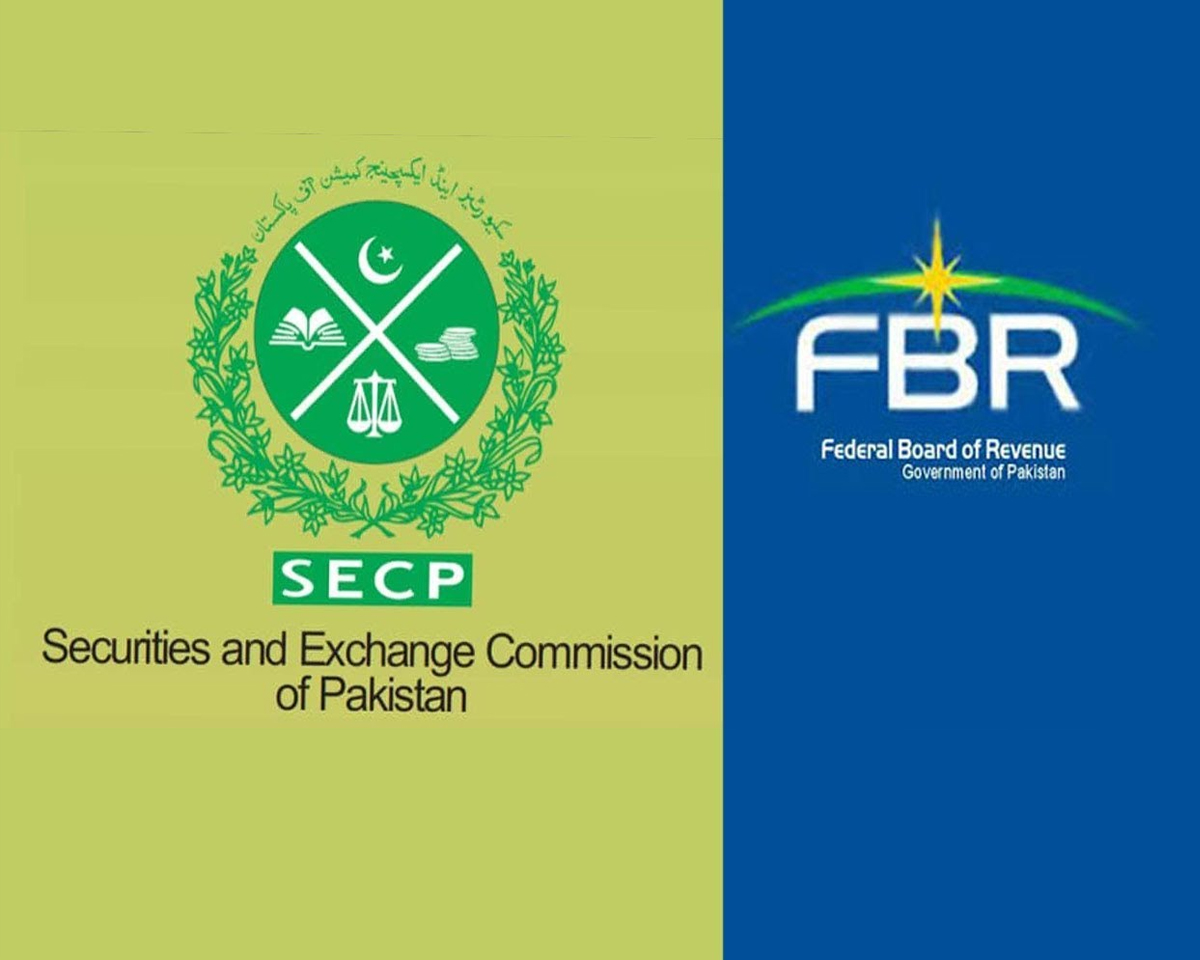The Federal Board of Revenue (FBR) and Securities and Exchange Commission of Pakistan (SECP) are two important regulatory bodies in Pakistan’s financial sector. Here’s a brief history of their establishment and development:
Federal Board of Revenue (FBR): The FBR was created on April 1, 1974, as part of the Pakistan Revenue Automation Limited (PRAL) initiative. The PRAL was established to modernize the tax administration system in Pakistan and automate the tax collection process. The FBR was initially responsible for collecting and managing federal taxes, including income tax, sales tax, and customs duty.
Over the years, the FBR has undergone several reforms and restructuring to improve its efficiency and effectiveness. In 1991, the FBR was granted more autonomy with the establishment of the Central Board of Revenue (CBR), which gave the FBR more power to make policy decisions related to tax administration. In 2007, the CBR was abolished, and the FBR was once again granted full control over tax administration in Pakistan.
Since then, the FBR has undergone several reforms to streamline tax collection, improve transparency, and reduce corruption. In 2013, the FBR launched the Taxpayers’ Directory, which allowed taxpayers to view their tax records online. In 2019, the FBR launched a new automated tax system called the Integrated Tax System (ITS), which aims to improve tax collection efficiency and transparency.
Securities and Exchange Commission of Pakistan (SECP): The SECP was established in 1997 under the Securities and Exchange Commission of Pakistan Act 1997. The SECP replaced the Corporate Law Authority (CLA) and became the primary regulatory body for Pakistan’s capital markets, including the stock exchange, securities market, and insurance industry.
The SECP’s main objective is to protect investors’ interests and promote a fair and transparent business environment. The SECP has played a crucial role in regulating Pakistan’s financial sector and promoting foreign investment in the country. The SECP has also been involved in developing new financial products, such as mutual funds and Islamic finance instruments, to meet the changing needs of investors.
Since its establishment, the SECP has undergone several reforms to improve its efficiency and effectiveness. In 2002, the SECP launched an online company registration system to simplify the registration process for businesses. In 2004, the SECP launched the Central Depository Company (CDC), a central depository system for the stock market, to improve trading and settlement processes. In 2016, the SECP launched the eservices portal, which allows investors to access information and services online.
In conclusion, the FBR and SECP are two critical regulatory bodies in Pakistan’s financial sector. Both organizations have undergone significant reforms and restructuring over the years to improve their efficiency and effectiveness. The FBR and SECP’s efforts have contributed to Pakistan’s economic growth by promoting transparency, protecting investors’ interests, and attracting foreign investment.

